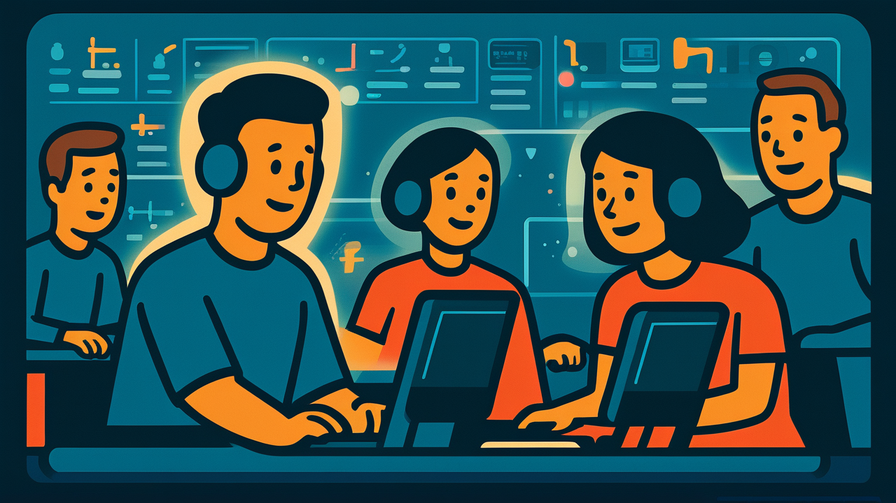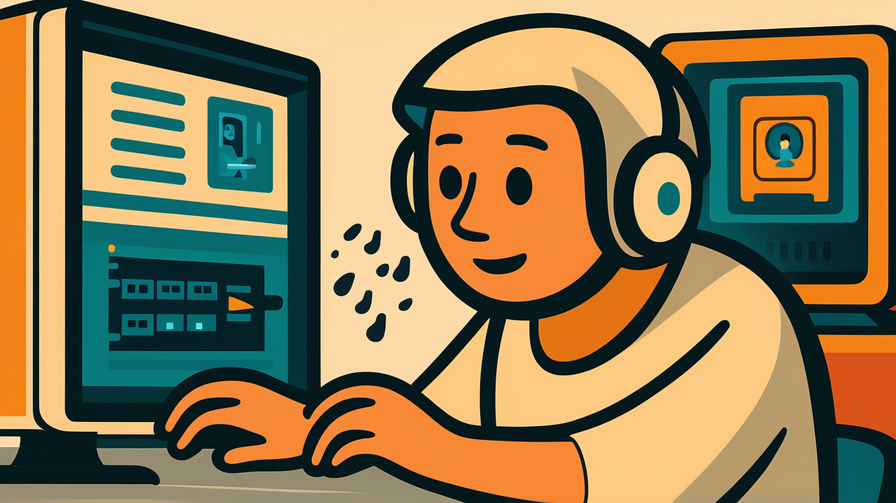[Disclaimer] This article is reconstructed based on information from external sources. Please verify the original source before referring to this content.
News Summary
The following content was published online. A translated summary is presented below. See the source for details.
Apple has announced macOS Tahoe 26, a major update for Mac computers that promises to transform how users interact with their desktops and laptops. The update features a completely redesigned interface inspired by California’s Lake Tahoe region, with translucent elements and dynamic wallpapers that change with time of day. At the core of Tahoe 26 are new AI-powered features that learn from user behavior to predict needs, automatically organize files, and suggest productivity improvements. The update introduces “Intelligence Mode,” which can summarize documents, generate content, and even code simple programs through natural language commands. Privacy remains central, with all AI processing happening on-device. New productivity features include universal clipboard sharing across all Apple devices, advanced window management with automatic workspace organization, and enhanced multitasking capabilities. Creative professionals benefit from improved performance in video editing, 3D rendering, and music production applications. The update also brings iPhone and iPad app compatibility, allowing millions of mobile apps to run natively on Mac. Energy efficiency improvements promise 20% better battery life on MacBooks. Tahoe 26 will be free for all compatible Macs from the past six years.
Source: Apple Newsroom
Our Commentary
Background and Context

macOS is the operating system that powers all Mac computers – like MacBooks, iMacs, and Mac minis. Think of it as the Mac’s brain that controls everything from opening apps to managing files. Apple typically releases a major macOS update annually, naming each after California landmarks (like Big Sur, Monterey, and Ventura).
Lake Tahoe, the update’s namesake, is a stunning alpine lake on the California-Nevada border known for its crystal-clear water and surrounding mountains. Apple often draws design inspiration from these locations, incorporating their natural beauty into the software’s visual elements.
Expert Analysis
The introduction of “Intelligence Mode” represents Apple’s answer to AI assistants like ChatGPT and Google’s Gemini. However, Apple’s approach differs significantly by processing everything locally on your Mac rather than sending data to cloud servers. This maintains privacy while providing AI capabilities – a classic Apple strategy of being late to trends but implementing them thoughtfully.
The universal clipboard and enhanced app compatibility features address long-standing user requests. Students who take notes on iPad can now seamlessly continue on their Mac. Developers benefit from a larger potential audience as their iOS apps can reach Mac users without additional work. This ecosystem integration strengthens Apple’s competitive advantage.
Additional Data and Fact Reinforcement
Mac computers represent about 15% of the global PC market but dominate in creative industries and education. Over 70% of college students in the U.S. prefer Macs, citing reliability, longevity, and integration with their iPhones as key factors. The average Mac lasts 7-8 years compared to 4-5 years for typical PCs, making the free OS updates particularly valuable.
The 20% battery life improvement could translate to 2-4 extra hours of usage for most MacBooks. This efficiency comes from better resource management and AI predicting which apps you’ll use next, keeping them ready while sleeping unused ones.
Related News
This update arrives as competition in computer operating systems intensifies. Microsoft recently added AI assistants to Windows 11. Google’s ChromeOS gained desktop-class features. Linux distributions are becoming more user-friendly. Each system is borrowing the best features from competitors while maintaining unique advantages.
The timing aligns with Apple’s push into spatial computing with Vision Pro headsets. Features in Tahoe 26 lay groundwork for future integration between traditional computers and augmented reality devices, suggesting Macs will remain relevant even as computing paradigms shift.
Summary

macOS Tahoe 26 represents more than visual updates – it’s Apple’s vision for how computers should work in an AI-enhanced world. By focusing on privacy-preserving intelligence, ecosystem integration, and user productivity, Apple aims to keep Macs relevant for students, professionals, and creators. For young users deciding between computer platforms, Tahoe 26 reinforces that Macs offer unique advantages in an increasingly connected, AI-driven future.
Public Reaction
Students express excitement about AI features that could help with homework and creative projects. Video editors and musicians praise performance improvements. Some users worry older Macs might struggle with new features despite compatibility claims. Privacy advocates appreciate on-device AI processing. PC users increasingly consider switching due to iPhone integration and longevity.
Frequently Asked Questions
Q: Will my Mac support Tahoe 26?
A: Generally, Macs from 2019 or later will support the update, though some features may require newer models with Apple Silicon chips.
Q: Is the AI feature like ChatGPT?
A: Similar in capability but different in approach – Apple’s AI works entirely on your device without internet, ensuring privacy but potentially limiting some features.
Q: When will Tahoe 26 be available?
A: Apple typically releases macOS updates in October, with public beta testing starting in July for adventurous users willing to encounter bugs.


